Who made the dutiful Queen we know and love today?
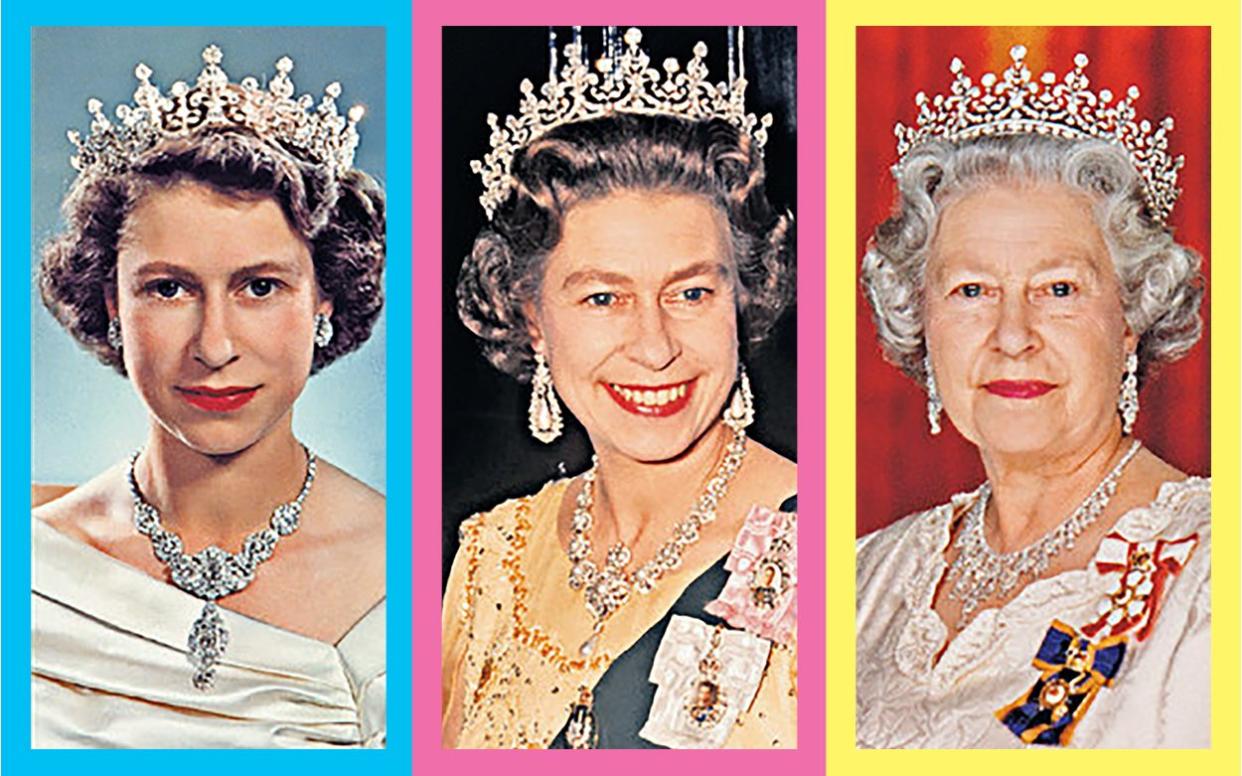
- Oops!Something went wrong.Please try again later.
- Oops!Something went wrong.Please try again later.
- Oops!Something went wrong.Please try again later.
Weeks before the outbreak of the Second World War, 13-year-old Princess Elizabeth – our Queen – visited an exhibition of “royal treasures” with a lady-in-waiting and her governess. George VI’s elder daughter had been newsworthy from the cradle; newspapers and magazines reported the visit. In one account, Princess Elizabeth picked up a bracelet that had belonged to Queen Victoria. She tried it on. It fit perfectly.
Whether or not her great-great-grandmother’s bracelet was indeed a perfect fit for the future Queen we may never know, but the incident, as reported, is characteristic. Monarchy is a family business. From childhood, accounts of the golden-haired princess, once described as “bright as an atom of radium”, focused on her resemblance to family members; her fitness to follow in their footsteps was a clear subtext.
At the time of her parents’ coronation, the Illustrated London News likened 11-year-old Elizabeth to her grandmother, Queen Mary, at the same age: “There is the same fair colouring with its robust health. There are the same blue eyes … and, above all, there is the same strength in the mouth and determination in the jaw.”
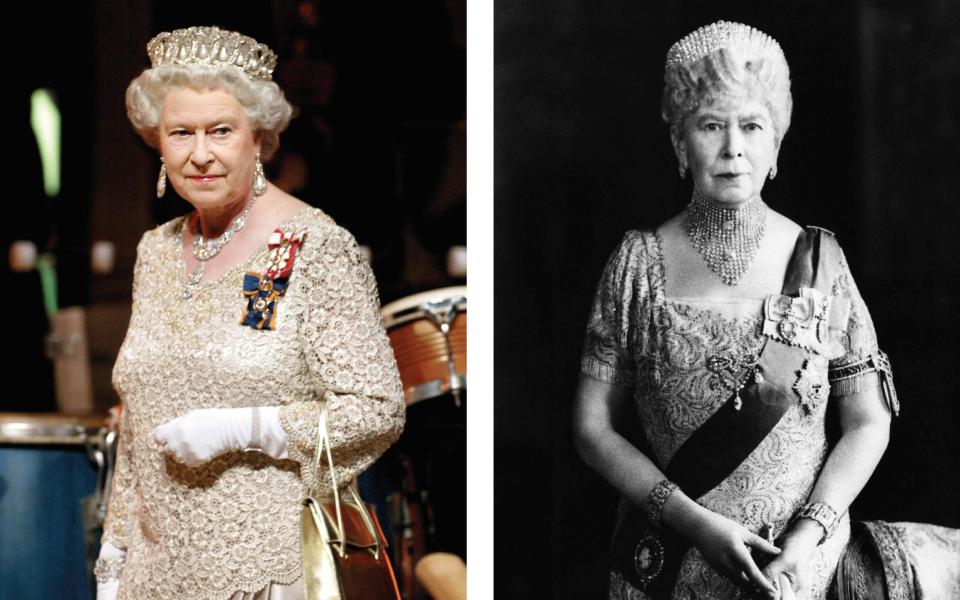
In time, such reports – as well as comment within Elizabeth’s own family – would move beyond observation of physical similarities to a hope, frequently repeated, that the princess would not simply resemble her forebears physically. An expectation took root that, in character, outlook and, critically, her attitude to the monarchy, Elizabeth would emulate the example of her immediate predecessors. Beneath an uncharacteristically solemn photograph included in Gordon Beckles’s Coronation Souvenir Book of 1937 was the robust assertion: “In the event of her acceding one day to the Throne, there is little doubt that she will ably carry on the fine tradition established during a quarter of a century by her grandfather.” To modern eyes, such statements look remarkably like a denial of choice.
For almost 70 years, the Queen’s approach to sovereignty has been shaped by the examples of George VI, her father, and George V, her grandfather. From her first royal engagements in her late teens, claimed her governess, she gave up “the greater part of her day… to performing what must often have been pretty dull duties… Like her parents she considered it her job, and it never struck her to try to avoid it.”
Throughout her reign, she has invoked her father’s record. In Wellington, in 1953, she described her determination to continue his work: “My constant prayer is that I may in some measure carry on that ideal of service of which he gave so outstanding an example.” Detractors might identify such fidelity to what has gone before as an example of the genetic cycle lamented in a recent Armchair Expert podcast by Prince Harry. Yet, for the Queen, there can be little doubt that the course she has followed reflects the depth of her admiration and affection for her father and grandfather.
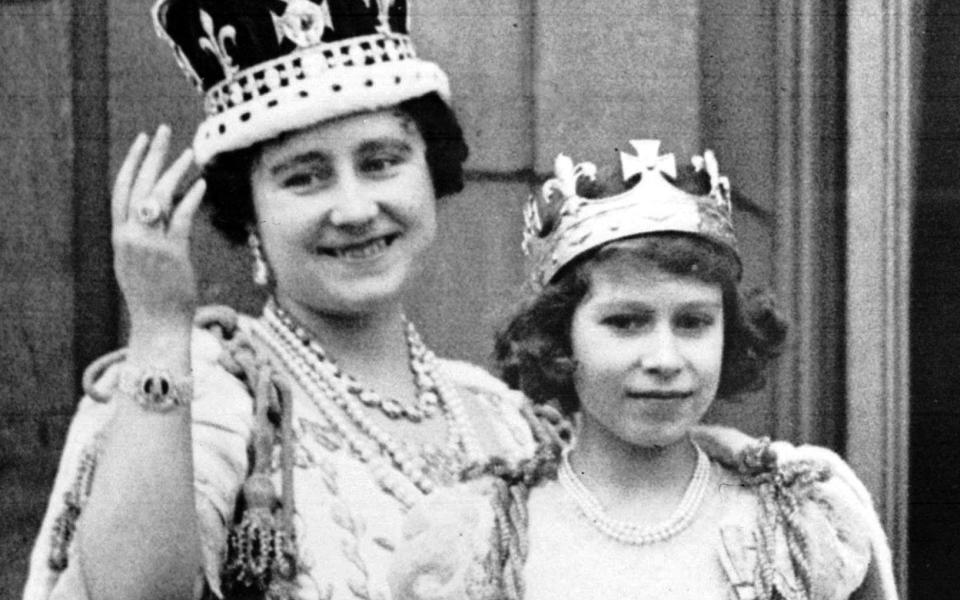
Love of family played a key part in her childhood. The “instructive amusements” organised on her behalf by her grandmother Queen Mary – Monday afternoon visits to museums, galleries and sites of historic interest – frequently had a royal theme. In a number of cases, the focus of these visits included members of Elizabeth’s immediate family. The highlight of a trip to the Bethnal Green Museum was a display of Queen Mary’s own childhood toys; in the National Portrait Gallery, young Elizabeth loyally admired Sir John Lavery’s group portrait of 1913, The Family of King George V, and she chose as her favourite exhibit a new bronze bust of her grandfather, commissioned from sculptor Felix Weiss to mark George V’s Silver Jubilee in 1935.
Unsurprisingly, Queen Mary would come to detect a strong resemblance between Elizabeth and her father, “something steadfast and determined” in both of them. As Elizabeth II’s unwavering steadfastness over seven decades has demonstrated, her grandmother’s assessment was accurate . It also served to diminish any independent identity for Elizabeth.
In April 1942, Lisa Sheridan was invited to take photographs of the Royal Family at Royal Lodge. Among best-known images from the sitting is a picture of Princess Elizabeth and her father. Seated at his desk, George VI is reading. Beside him are dispatch boxes of state papers. His elder daughter stands next to him, reading the same document. Newspapers referred to the princess “serving the apprenticeship which will fit her to rule Britain”.
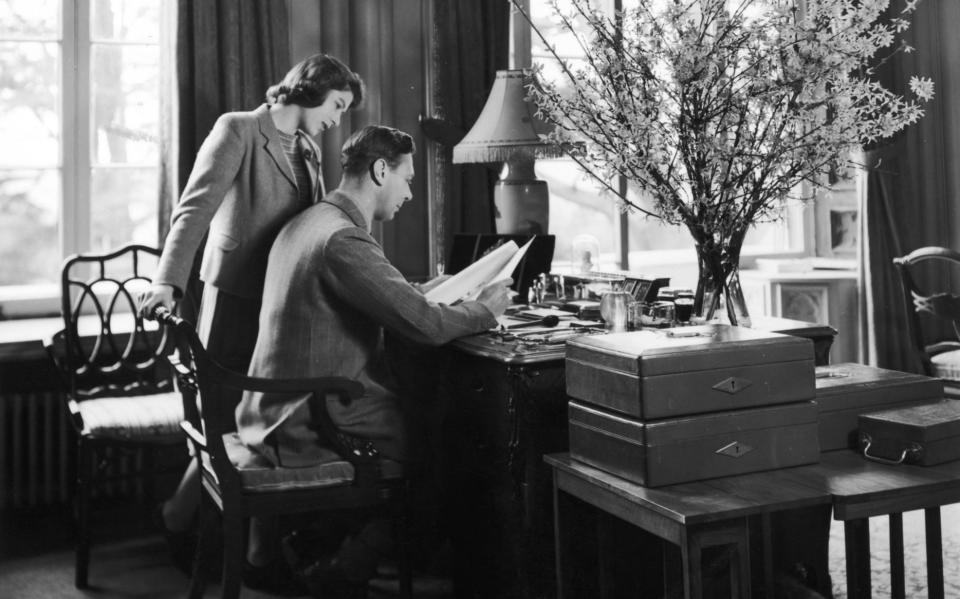
This apprenticeship consisted of the instruction she received from her father, who also encouraged her to listen to news broadcasts and discussed them with her afterwards, introductions to visiting statesmen and Saturday lessons, started when she was 13, with a friend of Queen Mary’s. Henry Marten was the vice provost of Eton College; he instructed Elizabeth in history and constitutional history and his broad view embraced developments of recent reigns, including her grandfather’s pioneering use of broadcasting in the innovation of the Christmas broadcast, begun by George V in 1932.
With the exception of 1969, the year of the popular Royal Family documentary, the Queen has followed her father and grandfather’s examples in broadcasting an annual Christmas message to people at home and across the Commonwealth. The first televised Christmas message, from 1957, can be seen below:
On the eve of Princess Elizabeth’s wedding to Prince Philip, her father wrote an open letter to a group of bishops and clergy. It outlined his expectations of his elder daughter, heiress presumptive to the throne: “My father set before me and my family a high standard of duty. I am sure that our daughter will always keep King George’s lofty ideal before her and endeavour to follow his example of constant service.” It was the King’s way of commending Elizabeth to those over whom, sooner than he anticipated, she would reign. It also embodied his belief, shared by leading courtiers and politicians, that the monarchy’s welfare was best served by a perpetuation of the recent modus operandi.
The King enlisted author and journalist Dermot Morrah to articulate royal thinking. In a special commemorative account of Elizabeth’s life, published with George’s approval at the time of her 21st birthday, Morrah positioned the queen-in-waiting in a family continuum: “Her father and grandfather before her have proved that men of normal capacity, normal tastes and normal training are equal to the highest demands of exalted rank, provided only that they are willing to devote themselves unsparingly to public service; and it is already clear that Princess Elizabeth’s direct and simple character is of a kind that fits her to walk in their footsteps.”
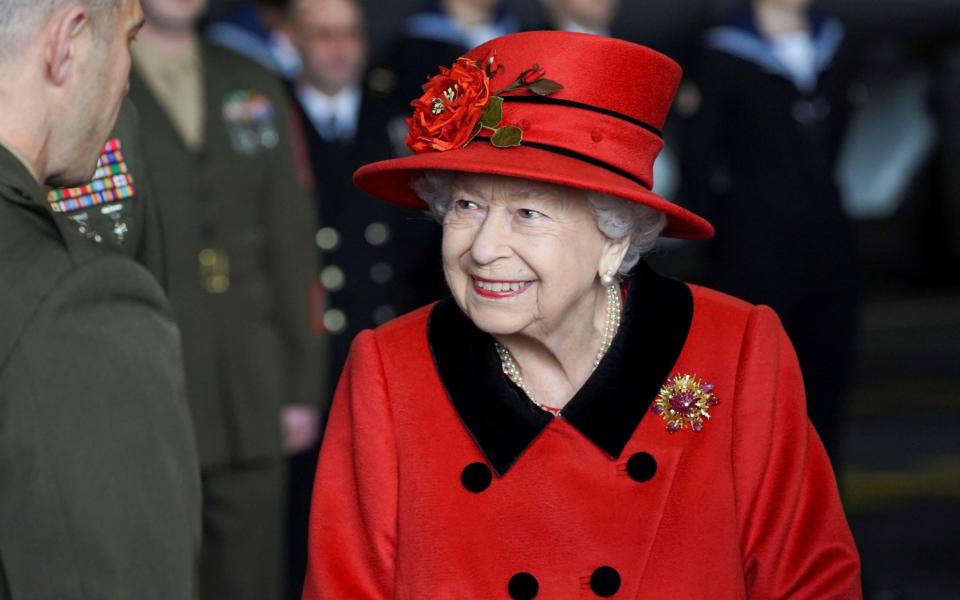
Happily, as one of her cousins noted, the Queen is naturally pragmatic. Central to her character is an “acceptance of inevitability”. She did not fight against family expectations in 1947 and she has not done so since. Her idyllically happy childhood would have made a mockery of Harry-style suggestions of being trapped in a hereditary cycle of suffering.
Dutiful, modest, conservative in her instincts and, even as a young woman, determined to do her best, Elizabeth II has striven to uphold the standards of selflessness, service and probity she admired in her father and grandfather. For nearly 70 years she has been mindful of a memorandum written by her first lord chancellor: “permanence and continuity,” it suggested, “are valuable factors in the maintenance of a constitutional monarchy”.
The Queen by Matthew Dennison (RRP £25). Buy now for £19.99 at books.telegraph.co.uk or call 0844 871 1514

